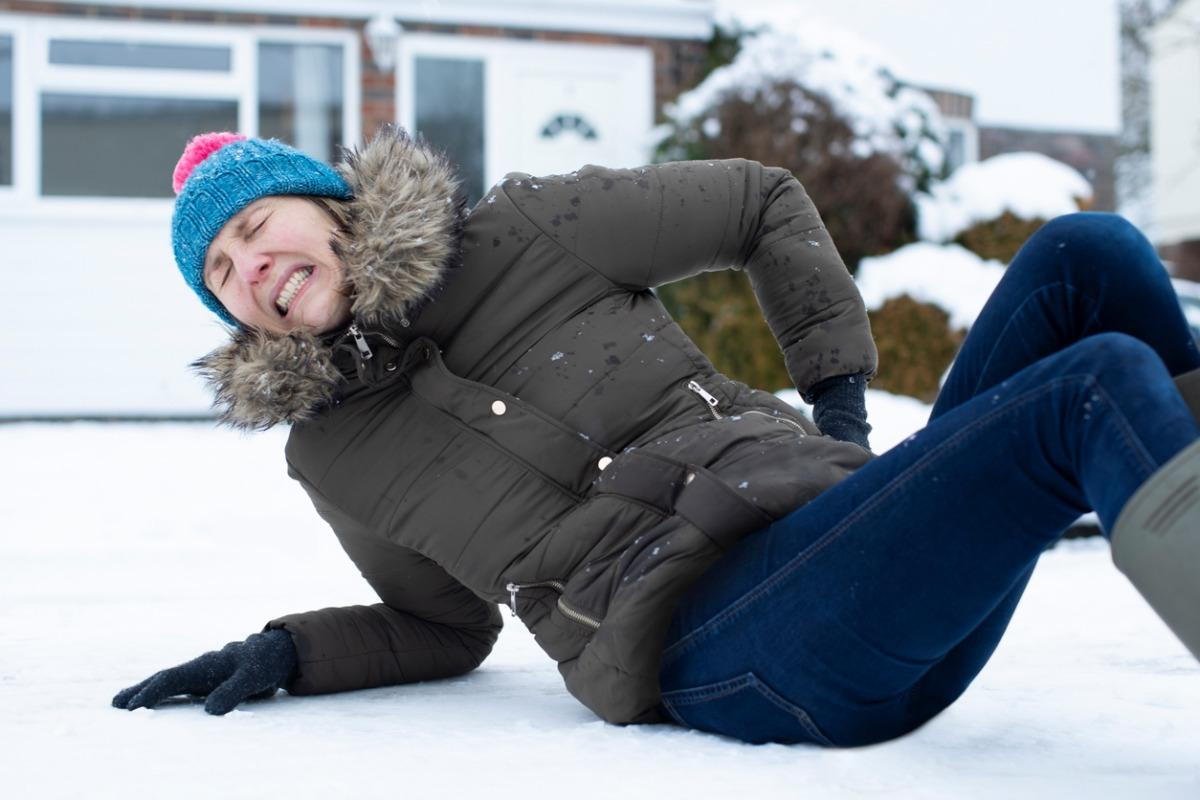
Private property owners are responsible for keeping their premises safe for visitors. In Pennsylvania, this duty extends to abutting sidewalks. This requires maintaining the pedestrian walking surfaces by repairing any cracks, holes or uneven slabs and by removing any dangerous obstructions. It also requires keeping the sidewalks free of ice and snow that could become slipping hazards. However, Pennsylvania law on that point is complicated, especially as concerns an owner’s responsibility for snow removal during ongoing storms.
Property owners are not automatically liable for injuries resulting from snow or ice on their sidewalks while a storm is in progress. They are given a reasonable amount of time to remediate the hazardous conditions after the storm has ended. The rationale for the rule is that it is unreasonable to expect property owners to continuously clear their sidewalks during a storm, as the conditions can change rapidly and the effort may be futile until the storm has ceased.
In Pennsylvania, the ongoing storm defense is a part of the “hills and ridges” doctrine, which limits the type of winter sidewalk conditions for which a property owner can be liable. An injured pedestrian suing to recover damages must prove these elements:
That snow and ice had accumulated on the sidewalk in ridges or elevations of such size and character as to obstruct travel and constitute a danger to pedestrians.
That the property owner had notice, either actual or constructive, of the existence of the accumulation.
That the dangerous accumulation of snow and ice caused the pedestrian to fall.
If the accumulation that caused the injury was due to a recent storm, the pedestrian must show that the property owner waited longer than a reasonable time after the storm ended before clearing the snow and ice. What is “reasonable” can vary widely. It sometimes depends on whether a pattern of storms was hitting the area. When a property owner does take remedial measures during a storm or between storms — such as shoveling, salting or sanding — the ongoing storm defense can still apply if, after those efforts, snow or ice continued to accumulate in sizeable “hills and ridges.”
There is an exception to the “hills and ridges” defense in some cases where there is an isolated ice patch due to a defective condition on the premises, such as gutters not working properly and causing water to be channeled to a sidewalk rather than an underground line; improperly maintained sidewalks where water collects and freezes; or other situations where an unnatural accumulation of precipitation collects on a walkway.
Wintertime slip and fall cases are fact-specific and sometimes require technical proofs, such as weather reports about the duration and intensity of a storm and the resulting precipitation. Expert testimony may be needed to show that the ice or snow accumulation on which the pedestrian slipped and fell had been there before the storm began. If so, the property owner would be liable.
Note that property owners who hire snow removal contractors can still be liable for a wintertime slip and fall accidents. However, the contractor is typically joined as a defendant in the lawsuit.
Phil DiLucente & Associates, LLC assists people in the Pittsburgh metropolitan area who have been hurt in slips and falls on ice and snow on sidewalks. Please call 1.800.GET.PHIL or contact us online to schedule a free initial consultation.
Contact Us
Please fill out the form below and our attorney will contact you.
Map & Directions
Pittsburgh Office
310 Grant St., Suite 1801
Pittsburgh, Pennsylvania 15219



